Symbiosis of Nature and Tourism in Yakushima, a World Heritage Site
Explore the rich biodiversity and ongoing decarbonization efforts of Yakushima Island in a stunning photo essay by Sankei photographer Hideyuki Matsui.

このページを 日本語 で読む
Clear water flows through the valleys, and a series of waterfalls and mossy forests appear. The beautiful topography of Yakushima (Kagoshima Prefecture) has been created by nature over thousands of years. The enchanting Shiratani Unsui Gorge in particular, located in the northeastern part of the island, is like a work of art.
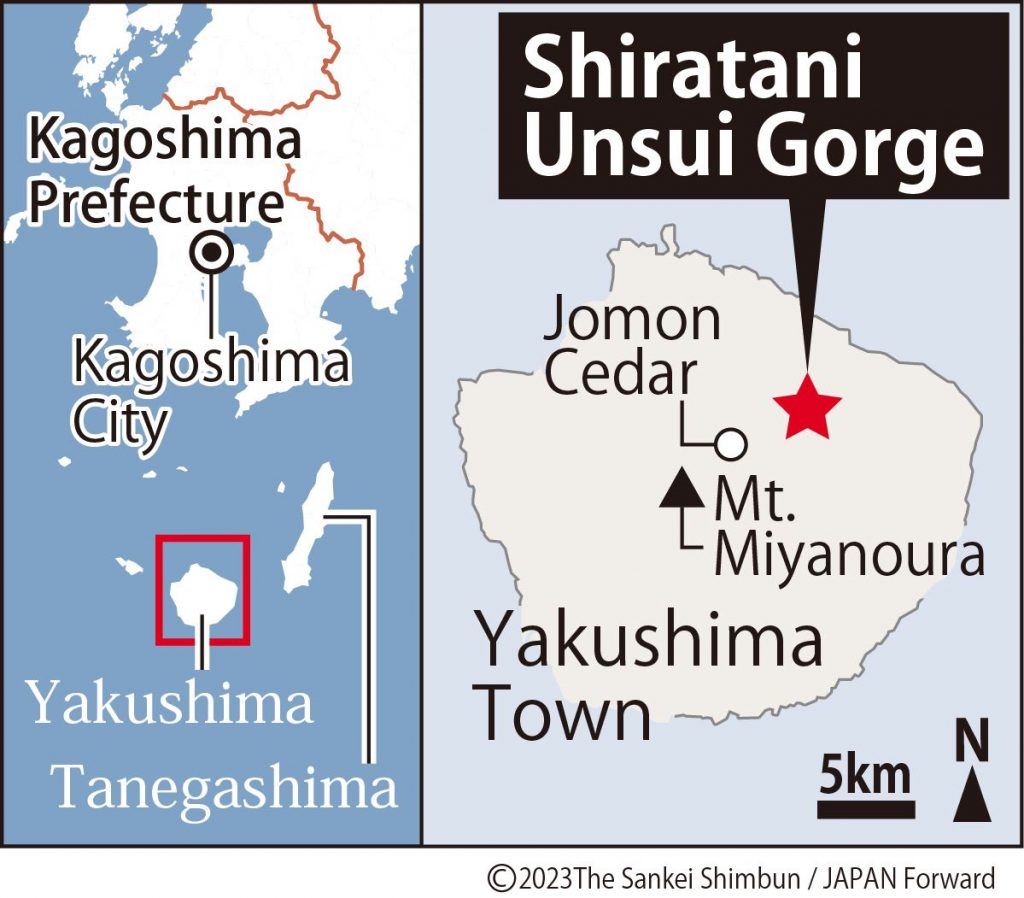
Natural World Heritage
Yakushima, circular in shape, sits about 135 kilometers south of Kagoshima City. The island has a large difference in elevation from the coast to its highest peak, Mt. Miyanoura at 1,936 meters above sea level. Encompassing both subtropical and subarctic climates, the island experiences snowfall in the mountains during winter, despite its southern location.
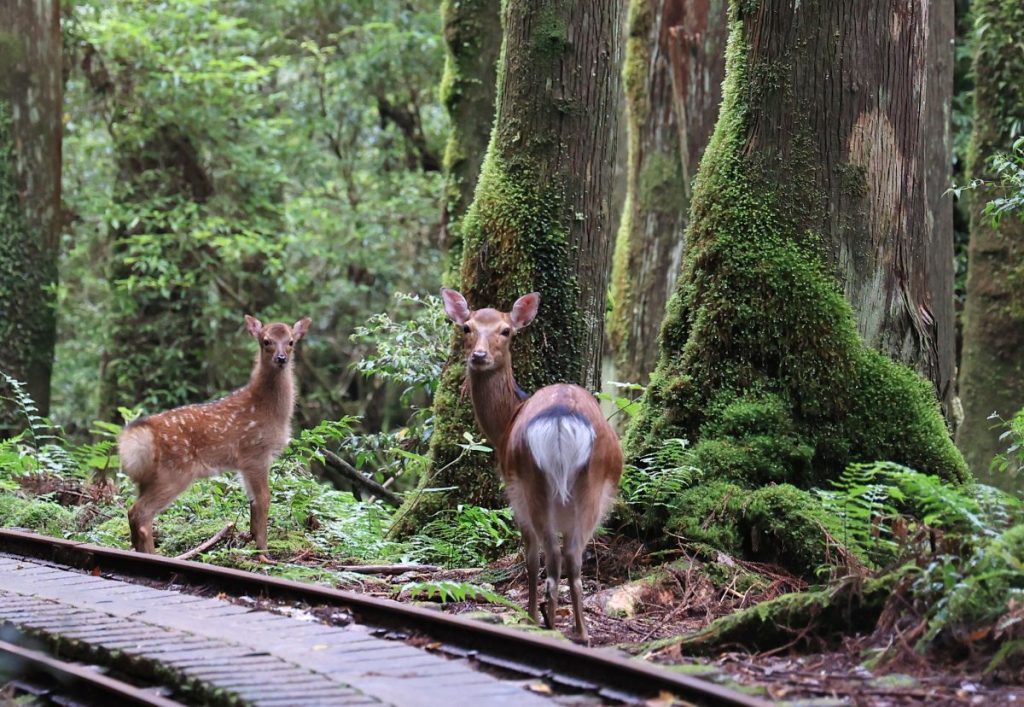
This special environment has nurtured diverse vegetation. Among the island's thousand-year-old cedars, called Yakusugi, the "Jomon cedar" is the oldest and the symbol of the island.

The number of tourists increased with the registration of the area as a Natural World Heritage site in 1993, peaking at more than 400,000 in 2007. In 2019, the year before the COVID-19 pandemic, about 250,000 tourists visited.
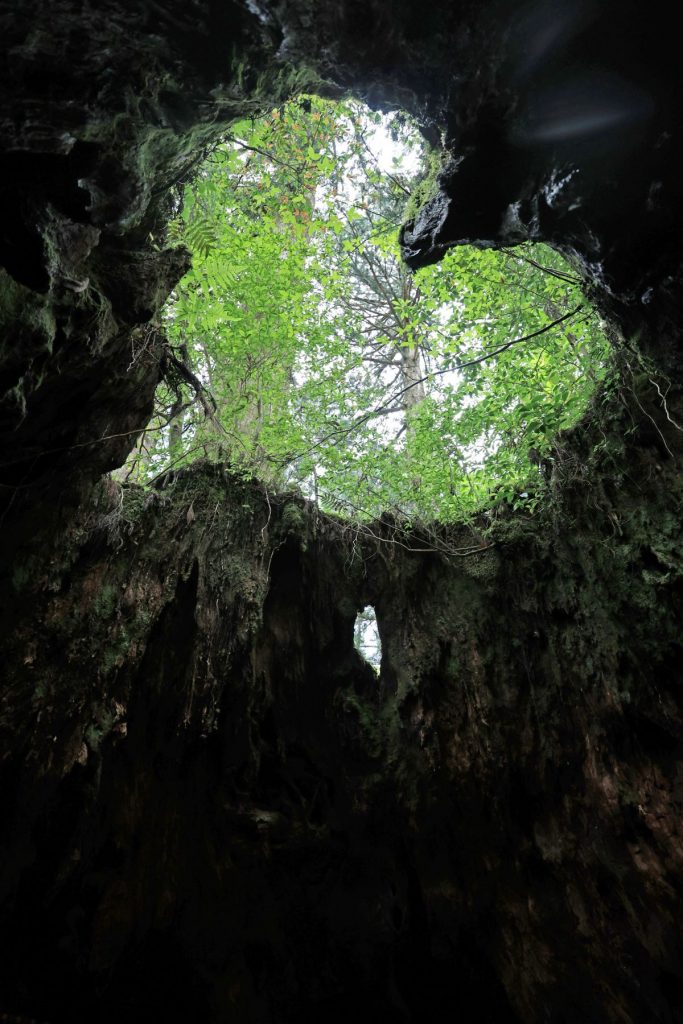
"We have been thinking about the balance between tourism and environmental protection since the World Heritage site registration," explained a stakeholder.
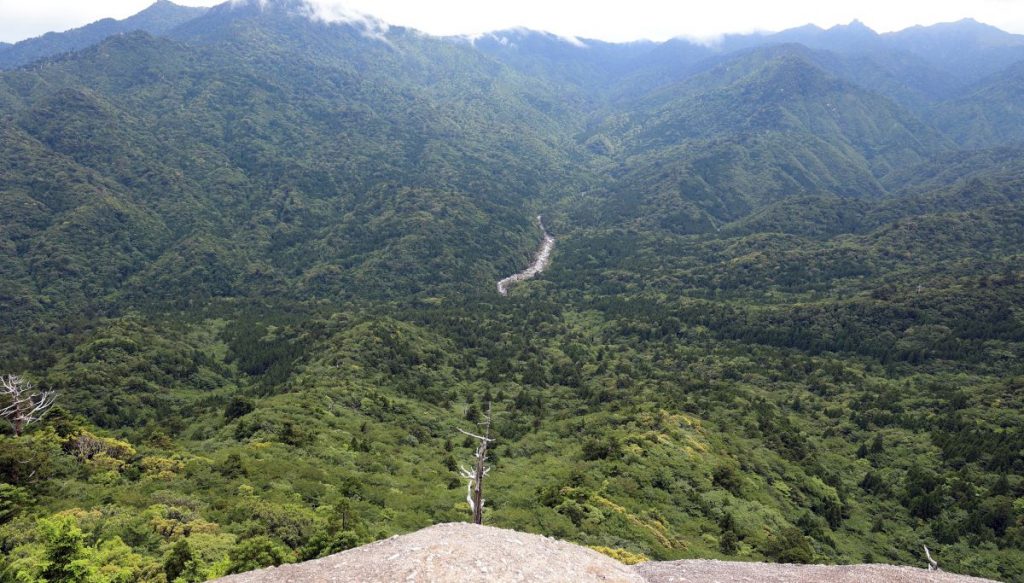
In 2004, Yakushima Town established the Yakushima Area Ecotourism Promotion Council. A system for certifying tour guides was introduced to encourage tourists to enjoy the island while deepening their understanding of nature.
Aiming for 'Carbon Free'
The council also promotes hydroelectric power generation and electric vehicles (EVs).
Yakushima's mountains receive over 8,000 millimeters of precipitation annually, nearly five times the national average.
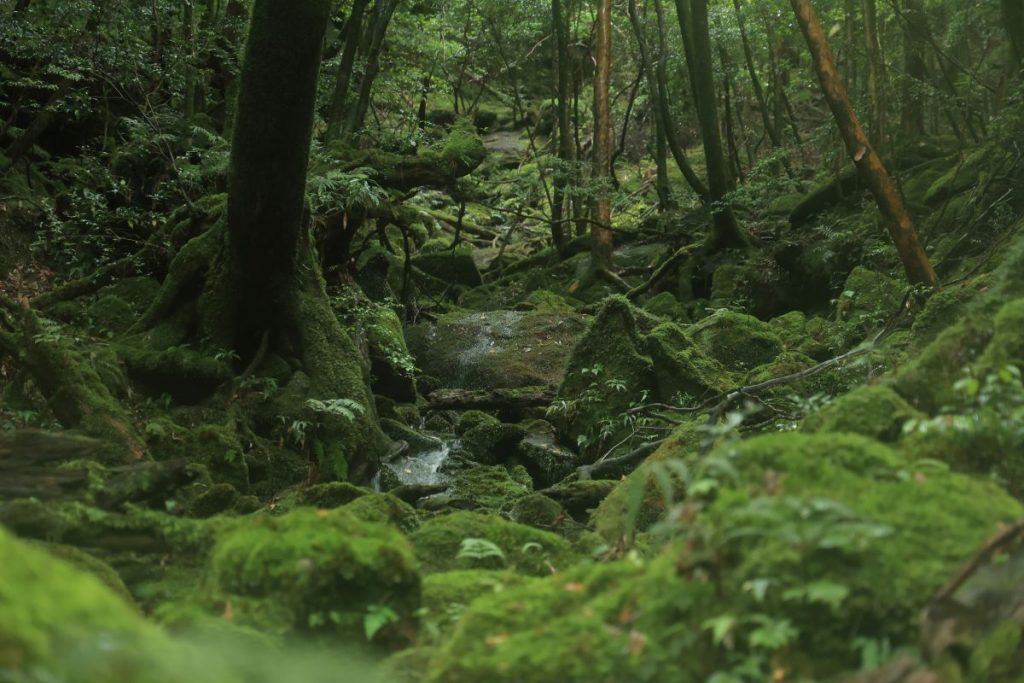
Taking advantage of the abundant water resources, 99.6% of the island's annual power is generated by a hydroelectric power plant operated by Yakushima Denko, a local company. The town is committed to becoming carbon-free.
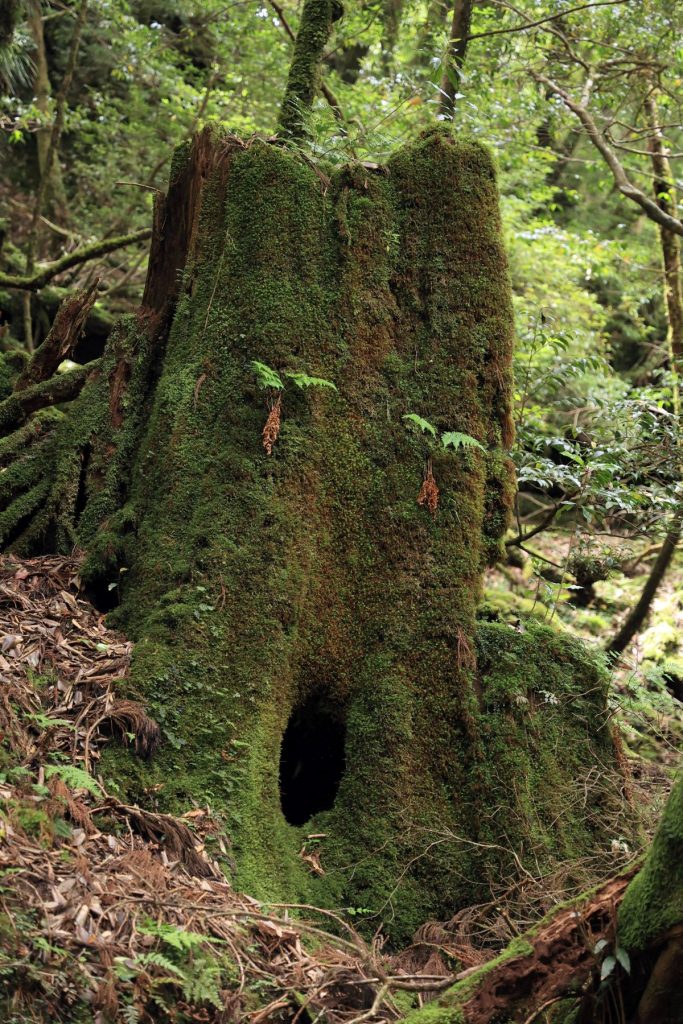
"Local production of renewable energy for local consumption is a shortcut to decarbonization. Going forward, we are also considering converting tourist mobility vehicles to EVs," said Ken Iwakawa, 42, director of tourism and town development at the town government.

It has now been 30 years since Yakushima was registered as a Natural World Heritage site. The island continues to make progress toward the realization of ecotourism that maintains a balance between tourism and environmental protection.
このページを 日本語 で読む











